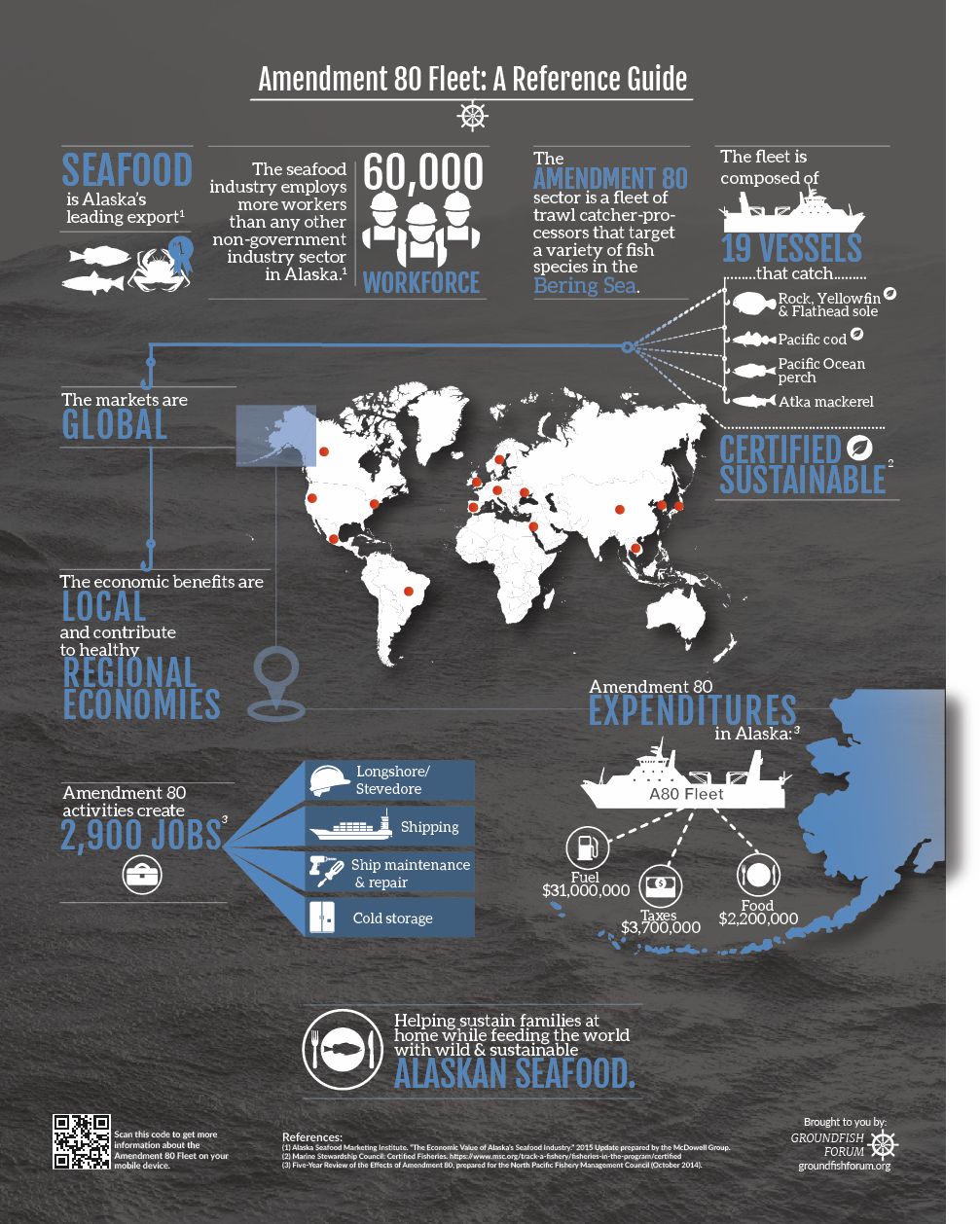Halibut Deck Sorting on Track to Deliver Substantial Mortality Improvements This Season
By John Sackton, Seafoodnews.com, December 3, 2015 —

Release of halibut with accelerometer tag, Port Frederick, AK courtesy of Page Drobny
Halibut deck sorting has helped flatfish catcher-processors reduce halibut bycatch this season. The fleet also used halibut excluders and changed locations to avoid halibut hotspots. The net result is that the flatfish trawl fleet is making progress on its commitment to achieve halibut bycatch reductions.
With the season winding down, it appears that the fleet is on track to meet its target of a 218 ton (480,000 pound) round weight reduction in halibut bycatch in area 4CDE, the central Bering Sea.
Halibut deck sorting is done with a special permit from NMFS called an Exempted Fishing Permit, or EFP. The permit allowed fishermen to remove halibut from the codend on deck as the catch is dumped into the fish tank rather than sending them into the tank along with everything else. Fish sorted on deck are rapidly moved on a chute to on-board scientists who document the length and condition of the fish before returning them to the sea.
Preliminary data from scientists monitoring the program show that deck sorting reduced the mortality rate of the halibut in the EFP to an average of 48%. The rate for halibut without deck sorting averages approximately 80%. The 48% mortality rate included the halibut that were missed during deck sorting (about 5% by number) and recovered in the factory. For those missed fish, a mortality rate of 90% was applied in the EFP.
In addition, this year the program was expanded to the yellowfin sole fisheries, which involves a wider set of vessels than those who participated in previous years. There also, sorting in the first 20 minutes on deck resulted in lower mortalities than the 83% mortality currently expected in the yellowfin sole fishery.
The latest totals for the nine catcher processors who participated in the deck sorting program this year show a savings of about 150 tons of halibut, all in the 4CDE area.
The efforts to reduce mortality rates for halibut came with a cost in lost target fish (with excluders) and lost fishing time (with deck sorting). Operating with deck sorting typically meant that the participating vessels had to forfeit one tow per day due to the time taken to sort through each tow during the day.
Future projects include new tagging studies with an accelerometer tag that will accurately measure the survival of halibut once released. Funded by the North Pacific Research Board and NOAA’s Saltonstall-Kennedy Grant Program, the project was developed by Paige Drobny, the fisheries biologist consultant for the tribal members of the Chaninik Qaluyat Nunivak (CQN) Working Group along with Dr. Craig Rose of Fish Next Research. The working group is a collaboration between the Bering Sea Elders Group, the Association of Village Council Presidents, and the bottom trawl fleet represented by the Alaska Seafood Cooperative.
The accelerometer tags will be used to determine actual survivability which will then allow for comparison to of viability assessments by observers using the long-standing methods. If deck sorting becomes a permanent aspect of handling halibut bycatch, the results of this study will be useful for both verifying whether current viability sampling methods are accurate as well as helping establish a better set of indicators than the ones in use today.
The idea of deck sorting did not come out of nowhere in 2015 when bycatch reductions were needed. The Alaska Seafood Cooperative first started working on deck sorting in a preliminary 2009 EFP and a follow up study in 2012 that expanded to a wider set of fisheries and vessels. Using what was learned in these first two trials, the program was expanded in 2015 as one of the tools used to meet the bycatch reduction targets.

